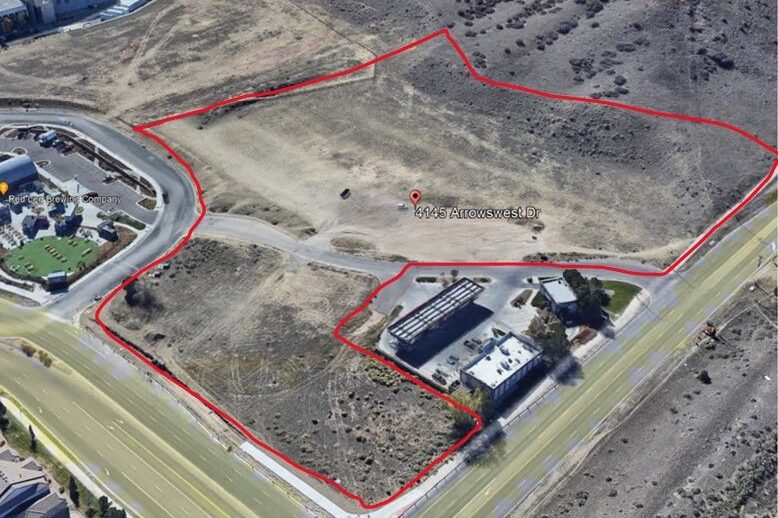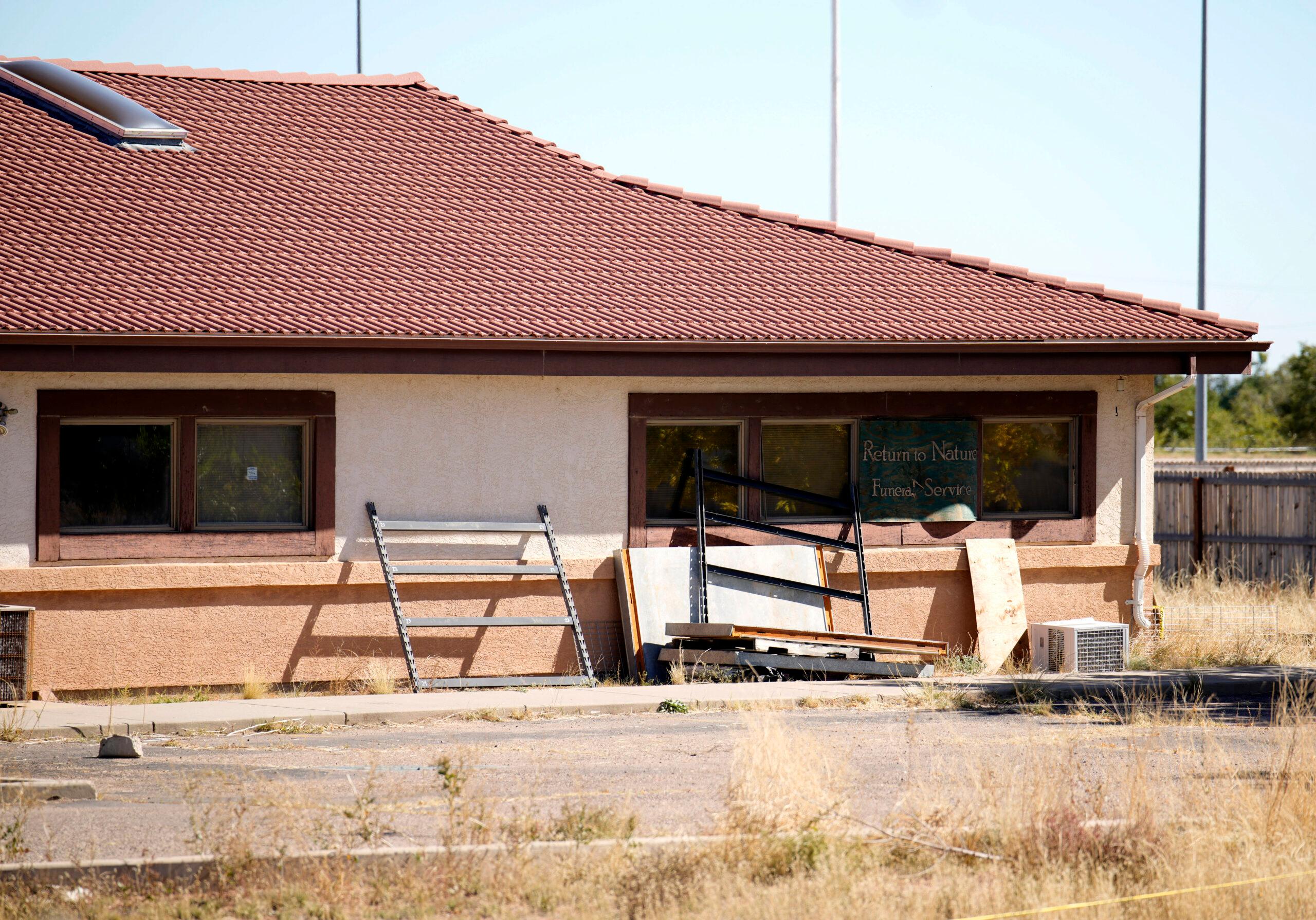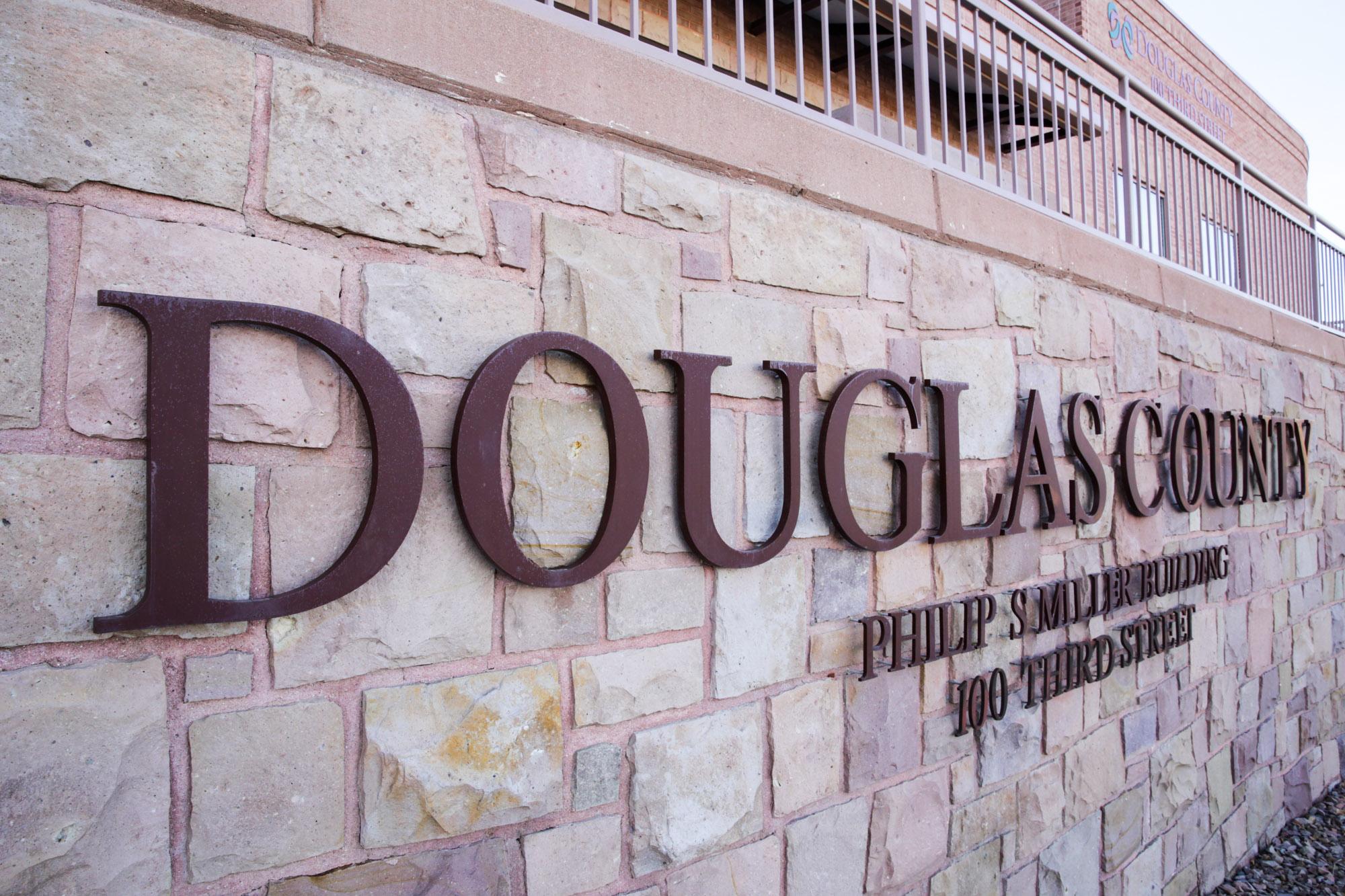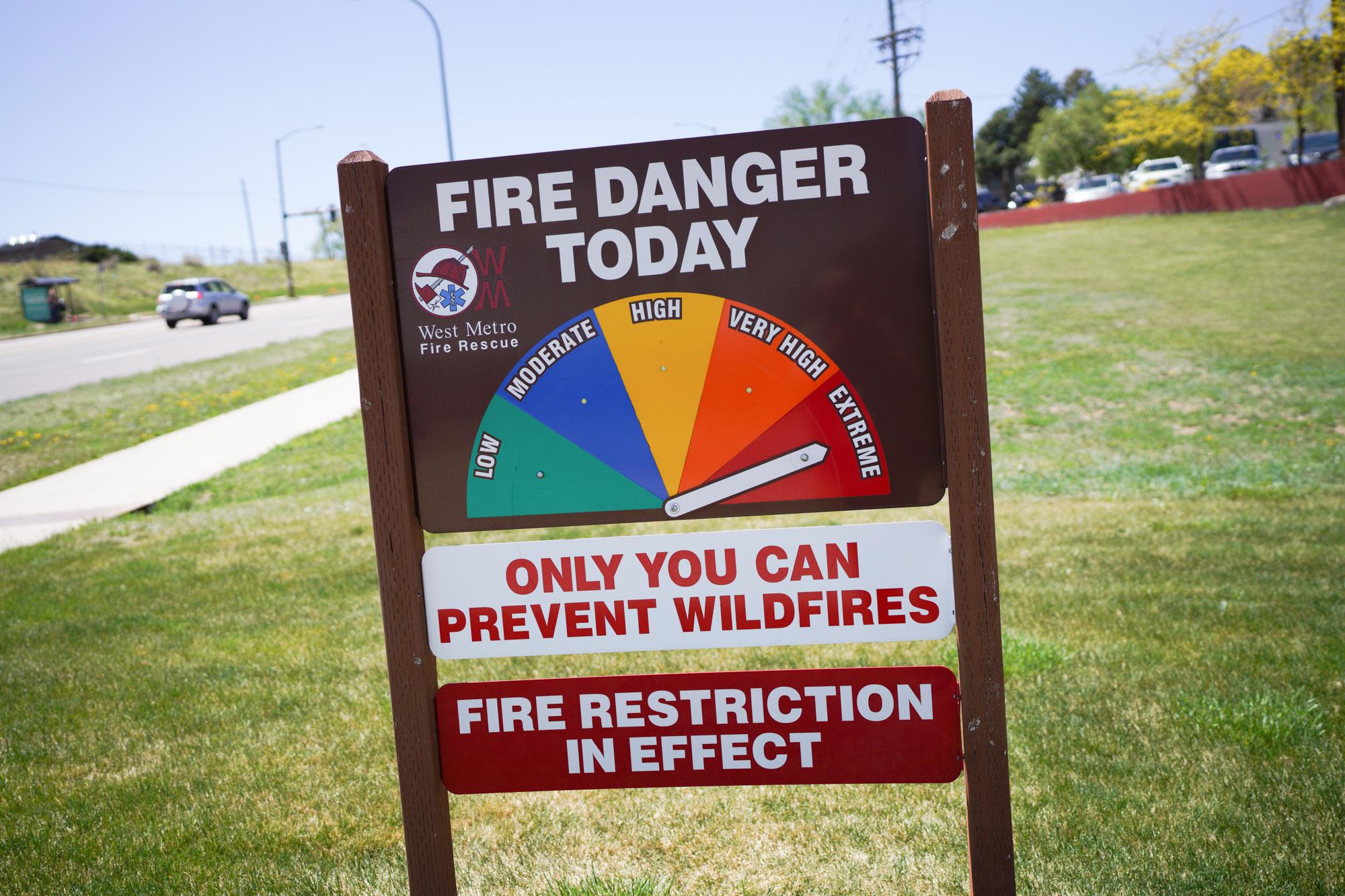
This week Hal tells us about a natural holiday light show.
The Geminid Meteor Shower is one of the best of the year, and tonight is about the best night for viewing this amazing celestial show. The Geminid’s are so great for observing because it’s a fairly intense meteor shower, with 1 to 2 meteors per minute if you’re away from the brightest of the city’s lights, and because the best time to see the highest number of meteors is around 11 PM.
Most meteor showers don’t peak until two or three in the morning, making the Geminid’s a little easier on the sleep schedule.
Another interesting thing about the Geminid’s is that, unlike nearly every other meteor shower, the Geminid’s are not caused by the Earth plowing through a debris trail left by a comet. Instead, they are caused by the debris from a three-mile-wide rocky asteroid, named object 3200 Phaethon, which has an orbit that doesn’t really make much sense for an asteroid. And how can a solid ball of rock leave a trail of debris through space?
Well, about every 1 ½ years this asteroid passes very close to the sun, even crossing the orbit of Mercury. At its closest approach, it’s only 13 million miles from the Sun.
Scientists speculate that when the asteroid gets that close, and that hot, it cracks from the heat. Going from the unspeakably cold depths of space to the unimaginable heat of being so close to the Sun stresses the rock so much that it continuously fractures, kicking dust and debris out into space to be blown by the solar wind and eventually some of those particles impact the Earth’s atmosphere creating an amazing meteor shower!
So look to the East starting around 10 PM and begin to watch this amazing celestial show! Astronomy rocks!
If you’d like to take a closer look at the Geminids, or any of the other wonderful and amazing things in the sky, please visit KRCC.org or CSASTRO.org for a link to information on our monthly meetings and our free public star parties!
This is Hal Bidlack for the Colorado Springs Astronomical Society, telling you to keep looking up, Southern Colorado!







